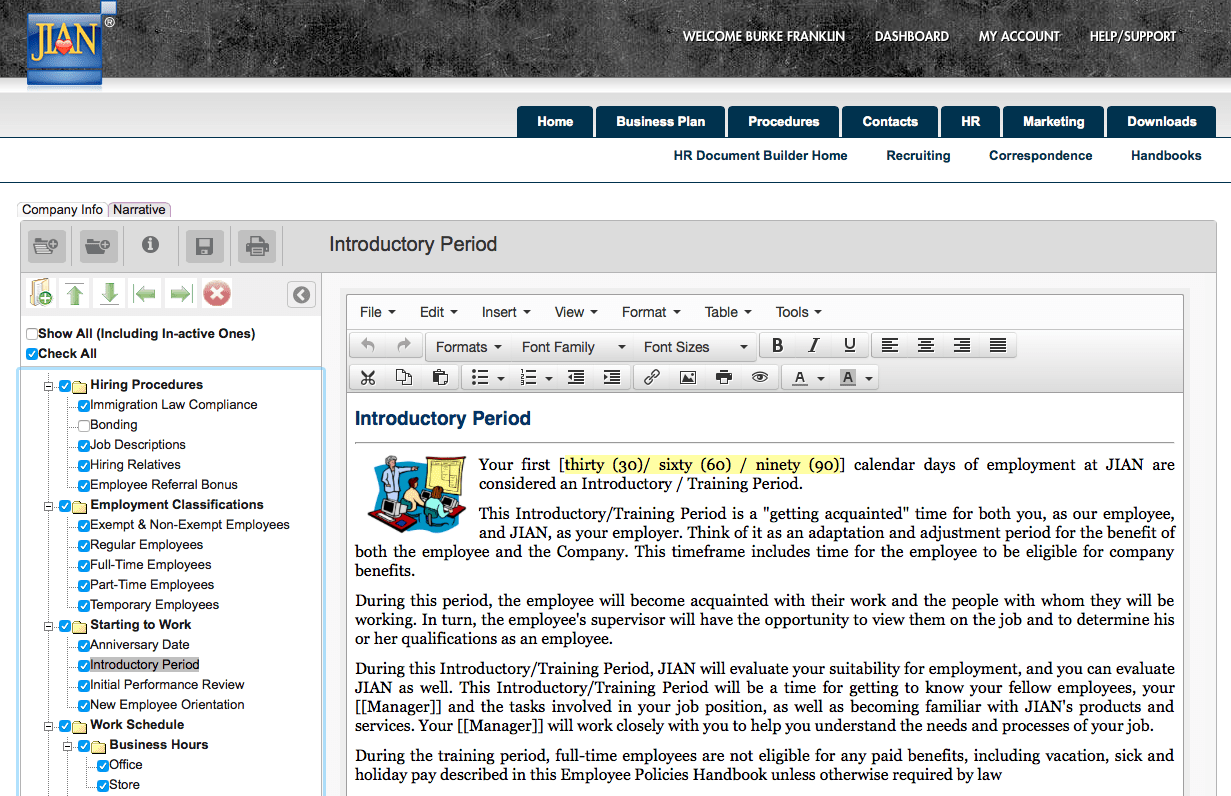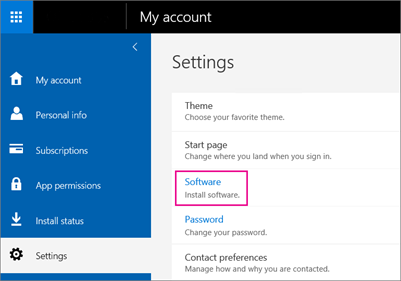Jan 18, 2019 Microsoft AutoUpdate (MAU) version 3.18 and later includes the msupdate command-line tool. This can be used to start the update process for Microsoft applications produced for Mac, such as Office. The tool is primarily designed for IT administrators so that.
Microsoft AutoUpdate makes sure your copy of Office will always be up-to-date with the latest security fixes and improvements. If you are an Office 365 subscriber, you'll also receive the newest features and tools.
Set up Microsoft AutoUpdate
Open any Office application such as Word, Excel, PowerPoint, or Outlook.
On the top menu, go to Help > Check for Updates.
Important: If you don't see Check for Updates on the Help menu, download the latest version of the Microsoft AutoUpdate tool. Run the tool and then start over at step 1. The Check for Updates option now appears on the Help menu.
Under 'How would you like updates to be installed?', select Automatically Download and Install.
Select Check for Updates.
If an update is available for your version of Office, you'll see a link to a website with more information about the update.
Update Office from the Mac App Store
If you downloaded Office from the Mac App Store, and have automatic updates turned on, your apps will update automatically. But you can also manually download the updates:
Open the Mac App Store from your Dock or Finder.
Click Updates on the left side menu.
Click Update All, or click the Update button next to the apps that you want to update.
Early access with Office Insider
You can join the Office Insider for Mac program to get early access to the newest Office innovations. To join, simply check the box Join the Office insider program to get early access to new releases. What is Office Insider?
More about Microsoft AutoUpdate
You can find Release notes for Office for Mac here. If you're looking for previous release downloads for Microsoft AutoUpdate, see Update history for Office for Mac.
Need help with Microsoft AutoUpdate?
Troubleshoot Microsoft AutoUpdate


If you're having trouble updating with Microsoft AutoUpdate, use these troubleshooting steps.
Open Safari and download the latest version of Microsoft AutoUpdate.
Open Finder. Press Command +Shift+h.
Go to Library > PrivillegedHelperTools and make sure that com.microsoft.autoupdate.helpertool exists. Run Microsoft AutoUpdate.
If the file doesn't exist, redownload Microsoft AutoUpdate using the link above.
How To Set Manual Update Microsoft Word Mac Download
Updated Office, but not seeing subscription features
If you previously had a one-time purchase of Office on your Mac but now are an Office 365 subscriber and aren't seeing certain subscription features, your copy of Office may still be using the license of your one-time purchase and not your subscription. See How to remove Office license files for help.
Microsoft AutoUpdate crashing
We are aware of an issue where older versions of Silverlight are causing Microsoft AutoUpdate to fail. See Microsoft AutoUpdate crashes with older versions of Silverlight for more information.
See Also
What's new in Office 365?
-->Applies to:Office for Mac, Office 2019 for Mac, Office 2016 for Mac
Microsoft AutoUpdate (MAU) version 3.18 and later includes the msupdate command-line tool. This can be used to start the update process for Microsoft applications produced for Mac, such as Office. The tool is primarily designed for IT administrators so that they have more precise control over when updates are applied. You can download the latest version of MAU from this link.
msupdate works by sending Apple Events to the MAU daemon. On macOS 10.14 Mojave and later, you may see a privacy prompt when running msupdate for the first time. If you are using an enterprise management tool such as Jamf Pro, you should deploy a Privacy Preferences Policy Control (PPPC) payload to pre-approve access. Samples of such a payload can be downloaded from here.
Use the following steps to start using the tool:
- Open the Terminal application
- Enter
cd /Library/Application Support/Microsoft/MAU2.0/Microsoft AutoUpdate.app/Contents/MacOS - Run
./msupdate --help
The following options are displayed:
Updates To Microsoft Word
Examples of how to use msupdate
- Display the current configuration parameters for AutoUpdate:
./msupdate --config - Display the current configuration parameters in machine-readable format:
./msupdate --config --format plist - List all available updates:
./msupdate --list - Download and install all available updates:
./msupdate --install - Download and install the latest updates for Word, Excel, and PowerPoint:
./msupdate --install --apps MSWD2019 XCEL2019 PPT32019 - Download and install a version-specific update for Outlook:
./msupdate --install --apps OPIM2019 --version 16.17.180090901
Application identifiers
The following table lists the applications for Mac supported by AutoUpdate. The identifier is used when specifying the --apps parameter. When specifying multiple applications on the command-line, separate identifiers with a space.

| Application | Latest version1 | 2016 version2 |
|---|---|---|
| Word | MSWD2019 | MSWD15 |
| Excel | XCEL2019 | XCEL15 |
| PowerPoint | PPT32019 | PPT315 |
| Outlook | OPIM2019 | OPIM15 |
| OneNote | ONMC2019 | ONMC15 |
| MAU | MSau04 | MSau04 |
| OneDrive | ONDR18 | |
| Teams | TEAM01 | |
| Skype for Business | MSFB16 | |
| Remote Desktop | MSRD10 | |
| Intune Company Portal | IMCP01 | |
| Defender ATP | WDAV00 | |
| Edge Canary | EDCN01 | |
| Edge Dev | EDDV01 |
1 These identifiers are used for Office 2019 for Mac, either a retail or a volume licensed version, and for Office for Mac (from an Office 365 plan) running on macOS version 10.12 (Sierra) or higher.
2 These identifiers are used for Office 2016 for Mac, either a retail or a volume licensed version, and for Office for Mac (from an Office 365 plan) running on macOS version 10.11 (El Capitan) or earlier.
How To Set Manual Update Microsoft Word Mac 2017
Note
- If an update is pending for MAU itself, that update must be applied before any applications can be updated.
- Identifiers are not case-sensitive when run interactively from the command-line, but use the character casing from the table above when running from a management tool such as Jamf Pro.
Related topics
- Update history and release notes for Office for Mac